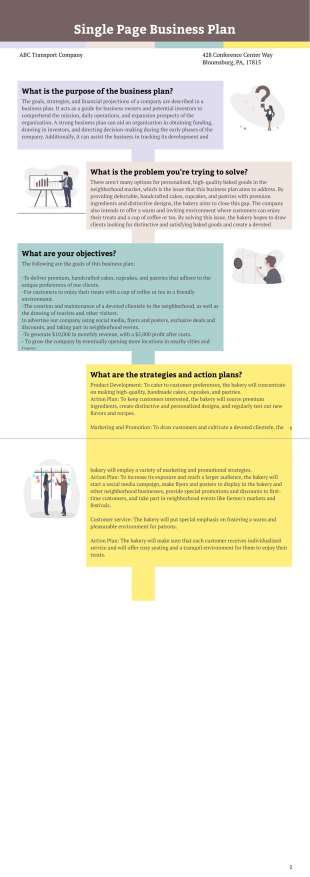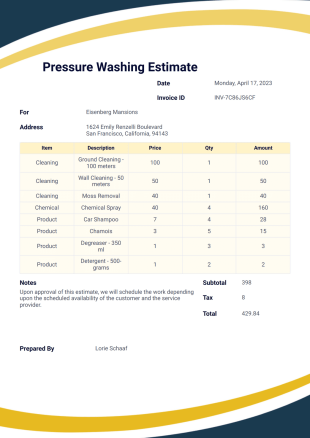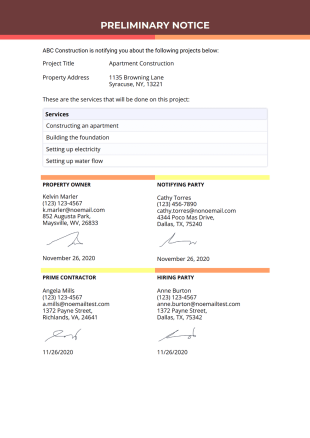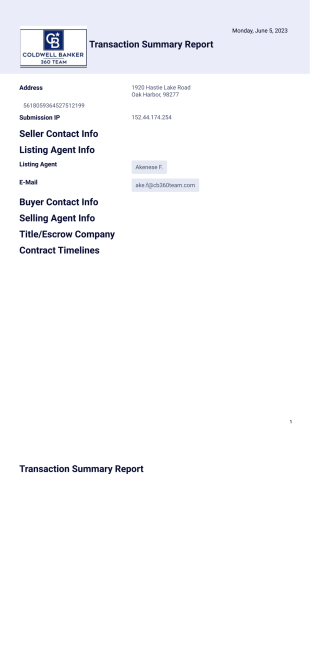Simple Business Plan Templates
About Simple Business Plan Templates
Plans, strategies, roadmaps – Businesses rely on these things to gain perspective on what’s about to happen. Milestones laid down in strategic and careful planning for growth and expansion, visions of where the company’s headed 10 years from now, goals that should meet timelines, all these require a smart, prudent and calculated planning.
Whether you’re a startup, an SMB, or close to a Fortune 500, a solid business plan is crucial. And of course, writing business plans is a huge task. But, what if you needed something that requires input from others though? Say, an online form or a PDF template where responses from your colleagues and managers matter? Well, here’s a collection of PDF templates for business planning.
These are beautifully designed templates, specifically tailored for businesses and companies who don’t know where to start. The hard part was already done and that’s designing the template. These will serve as boilerplates for whatever milestone your business needs. You won’t need to worry on building something from scratch, you just need to focus on the content. Some of these templates will contain or collect executive summaries, opportunities, expectations, execution, financial plans, forecasts, the whole nine yards.
Business plan templates help give a clear vision of what lies ahead. They help you get things organized, planned out, and help you check off items from your to-do list more efficiently.
Frequently Asked Questions
1) What are the seven parts of a business plan?
- Executive summary. This is an overview of your business plan. The executive summary should include your company’s offerings, mission, goals, and projections. Think of it as the elevator pitch for your business plan. If you can’t get investors interested here, it’s unlikely they’ll want to keep reading.
- Company description and history. Describe your business’s legal structure and history in addition to what you do. If you just started this business, you may replace company history with your leadership team’s experience. The purpose of this section is to explain the company structure and build confidence in the people running the company.
- Products and services. Talk about what your company offers, whether that’s products, services, or a combination of the two. Describe your products and services in detail. Explain what makes your offering unique, what your profit margins are, what kind of demand you’re seeing for it, etc.
- Market and competitor research. Investors want to know if there’s demand for your offering. Describe the target market and how your product or service benefits potential customers. Include projections of where the industry is headed over the next few years. Additionally, detail your competitors and how saturated the market is.
- Sales and marketing strategy. This part of the business plan explains how you’ll promote your product. Outline elements such as your ideal customer profile (ICP) as well as your marketing channels, budget, and methods.
- Operations and logistics. Explain how you’ll source materials if you sell products as well as the technology you need to deliver such products and services. Also, provide details about your team, like how many people you’ll need and how you’ll manage employees.
- Financial plan and projections. It’s crucial to prove that your business will be financially viable. For this, you’ll need revenue and expense projections. Many investors want to see sample account statements, balance sheets, and cash flow projections.
2) How do you write a business plan?
Your business plan should be a realistic roadmap that helps you build a successful company. When writing it, take a balanced approach so that you’re not blind to the potential pitfalls and risks. You’ll draft each of the seven sections previously discussed.
Tackling these sections can be overwhelming, so some people like to start with a one-page business plan that includes short paragraphs for each element. Another way to give yourself a head start is by working from a business plan template. Once you have a good start, you can expand each section to make a compelling case for your business.
3) Can I write a business plan myself?
Yes, you can. However, depending on your writing experience and goals, you may want outside help. If the business plan is for internal use with the purpose of improving business functions, you’ll likely be OK tackling it alone. But if you’re trying to secure funding from a bank or investors, a professional business plan writer can give you a leg up.
Even if you decide to do it yourself, have a trusted friend or business mentor review your plan and provide feedback. An objective point of view will help you refine your work.
4) What are the four types of business plans?
- One-page or mini business plan. The one-page option is a great way to improve the focus of your business plan and highlight the essential elements. It can be an effective way to workshop your company’s plan or quickly give others a rundown of your entire business.
- Traditional business plan. The traditional business plan is more in-depth than its one-page counterpart and will be more thorough in each section (often, plans exceed 40 pages). For example, it may contain detailed financials, branding samples, and competitive research documents.
- Business model canvas (BMC). The business model canvas is a more visual representation of your business architecture. It includes sections for infrastructure, offering, customers, finances, etc. Many businesses find the BMC appealing since it can be summarized in a single page.
- Strategic business plan. The strategic business plan can have different purposes, like proving feasibility, discussing planning operations, or projecting growth. It will outline the company’s goals, its strategy for reaching them, and the company structure. The main difference between this and the traditional plan is its focus on specific strategic initiatives.
5) What are the common mistakes in business plans?
- Poor writing. Sloppy writing may suggest that you’re not serious about your business or you lack the needed professionalism.
- Unrealistic expectations. While you should be optimistic about your business, if your financial projections reflect your hopes more than reality, people may hesitate to back your business.
- Lack of supporting documentation. People reviewing your business plan want to see how you back up your claims. You can include research docs, sample financials, and estimates to make your case.
- Failing to define the target audience. For a successful marketing plan, you need to define your target audience. Investors and financial institutions need to see if you’re confident about who you’re selling to.
- Unbalanced. It’s important to lay out the risks and potential upsides. This analysis shows investors that you’re considering the whole picture regarding your business.
These templates are suggested forms only. If you're using a form as a contract, or to gather personal (or personal health) info, or for some other purpose with legal implications, we recommend that you do your homework to ensure you are complying with applicable laws and that you consult an attorney before relying on any particular form.























